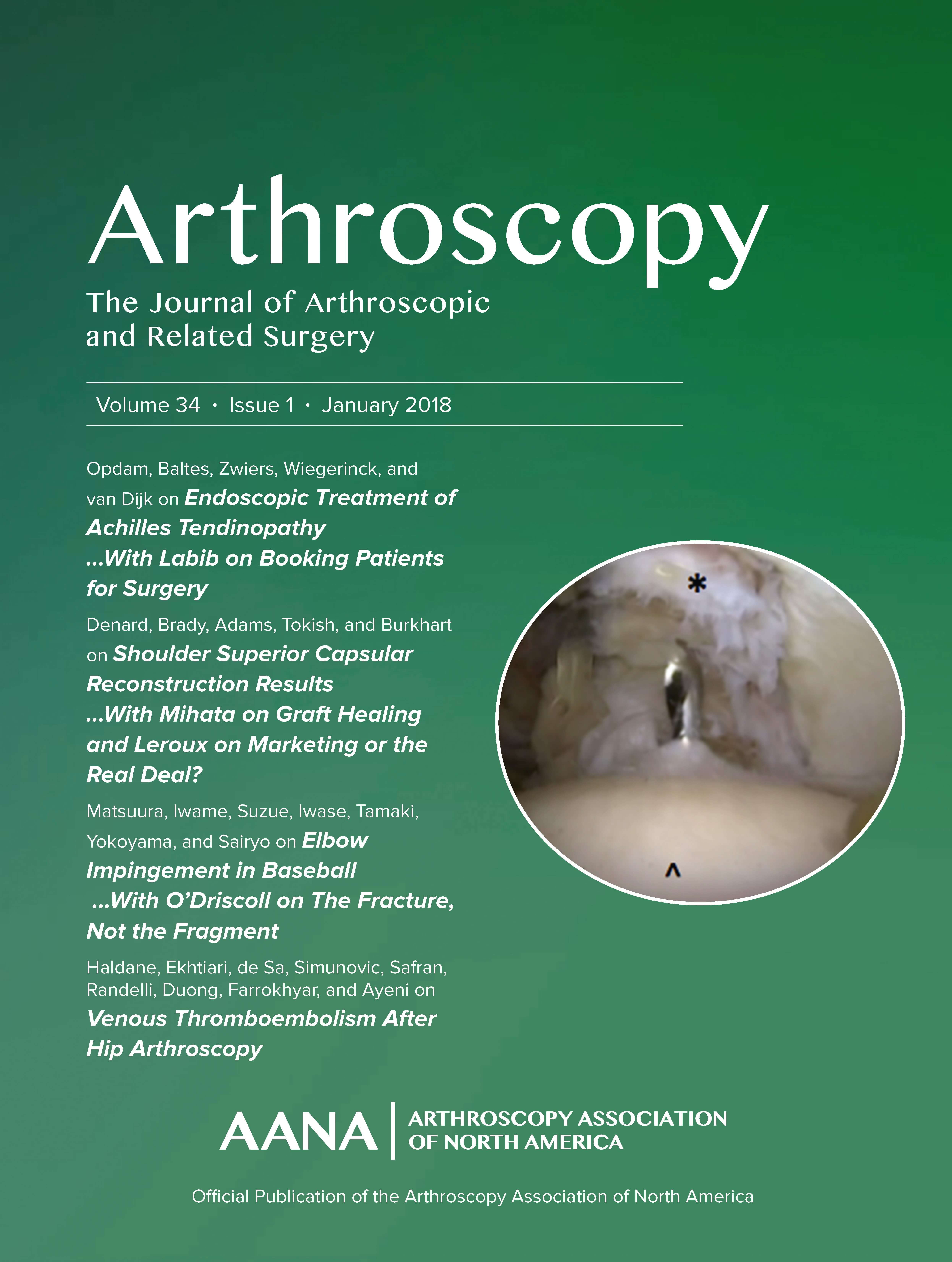
Vertical or horizontal suture techniques have similar outcomes in SLAP II lesion repair

Vertical or horizontal suture techniques have similar outcomes in SLAP II lesion repair
Vertical Versus Horizontal Suture Configuration for the Repair of Isolated Type II SLAP Lesion Through a Single Anterior Portal: A Randomized Controlled Trial
Arthroscopy. 2011 Dec;27(12):1605-13. Epub 2011 Oct 19.Did you know you're eligible to earn 0.5 CME credits for reading this report? Click Here
Synopsis
32 patients with an arthroscopically diagnosed isolated type II SLAP lesion scheduled for arthroscopic surgical repair using single anterior port were randomized to be fixed with a vertical or horizontal suture configuration. The repair of an isolated type II SLAP lesion through a single anterior portal had improved clinical and functional outcomes for patients, regardless of being done by a verti...
To view the full content, login to your account,
or start your 30-day FREE Trial today.
FREE TRIAL
LOGIN
Forgot Password?
Explore some of our unlocked ACE Reports below!

Learn about our AI Driven
High Impact Search Feature
Our AI driven High Impact metric calculates the impact an article will have by considering both the publishing journal and the content of the article itself. Built using the latest advances in natural language processing, OE High Impact predicts an article’s future number of citations better than impact factor alone.
Continue



 LOGIN
LOGIN

Join the Conversation
Please Login or Join to leave comments.